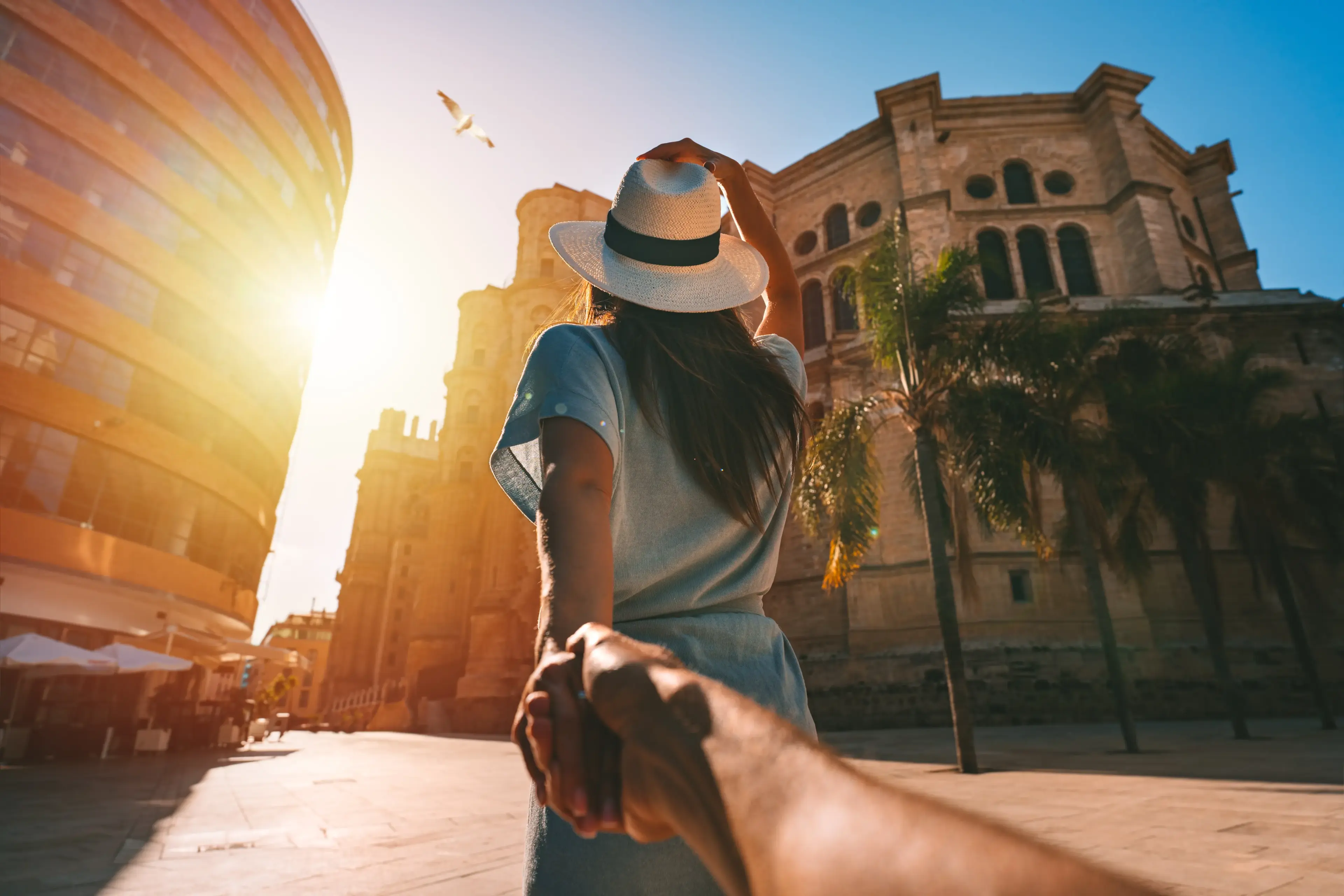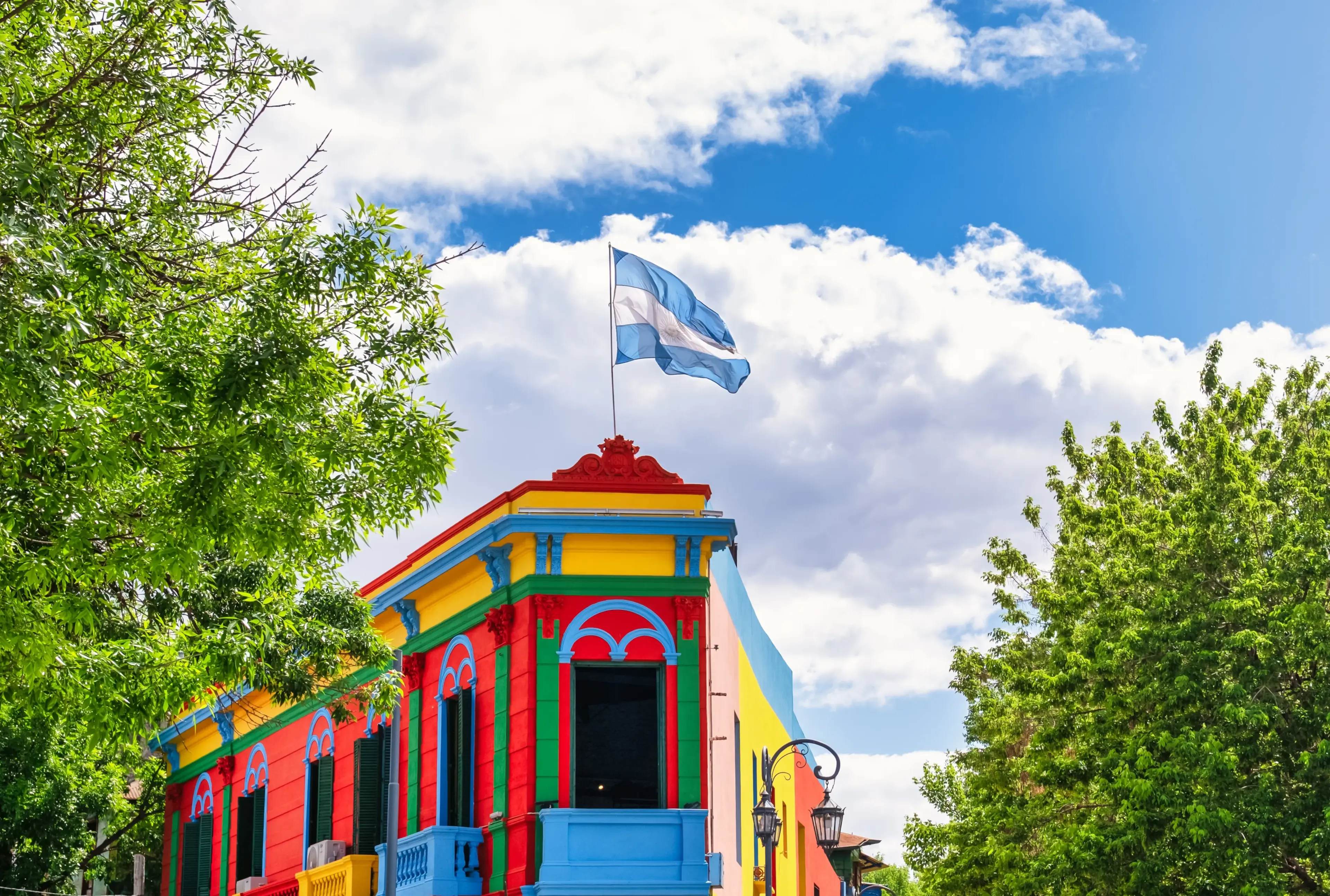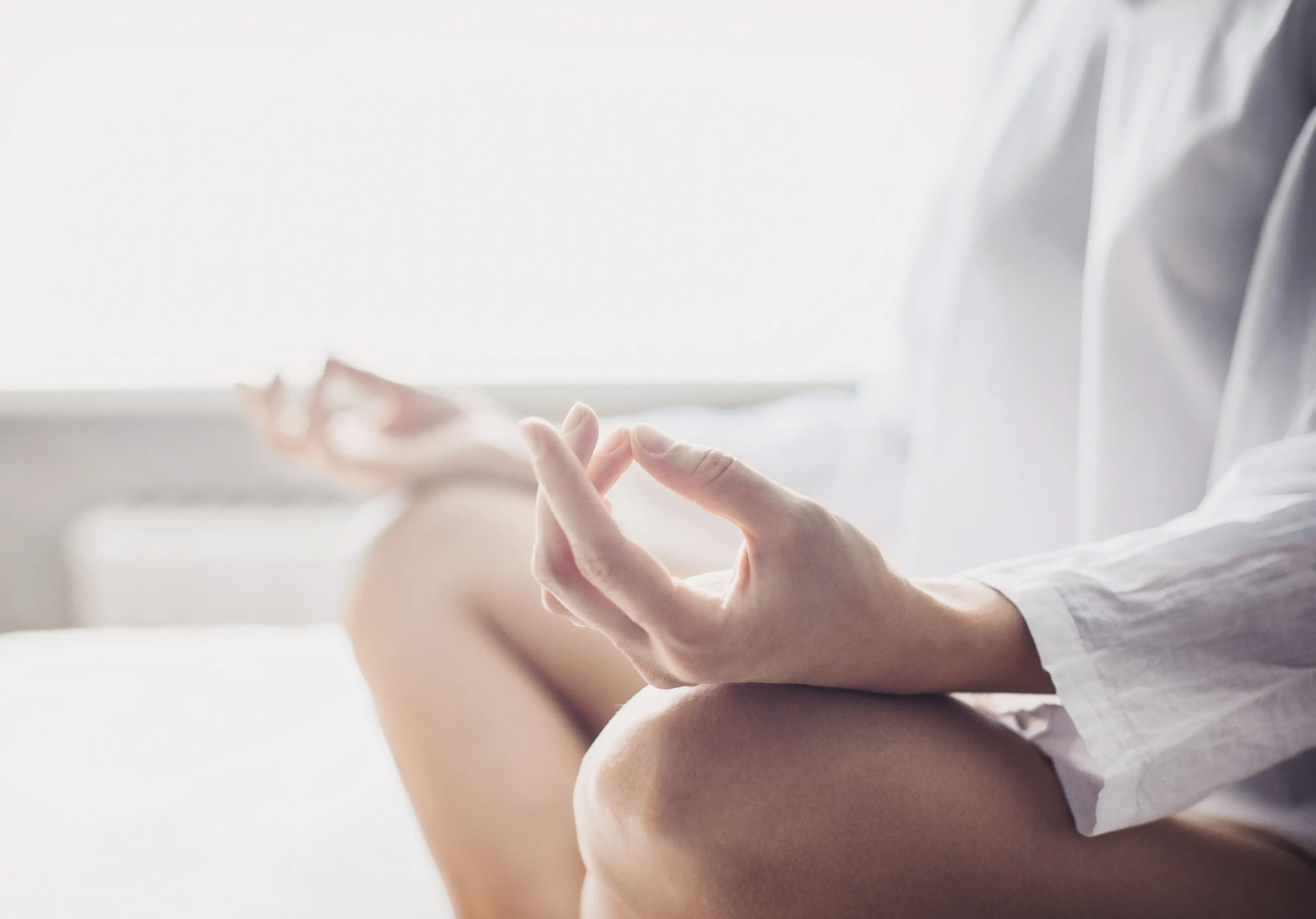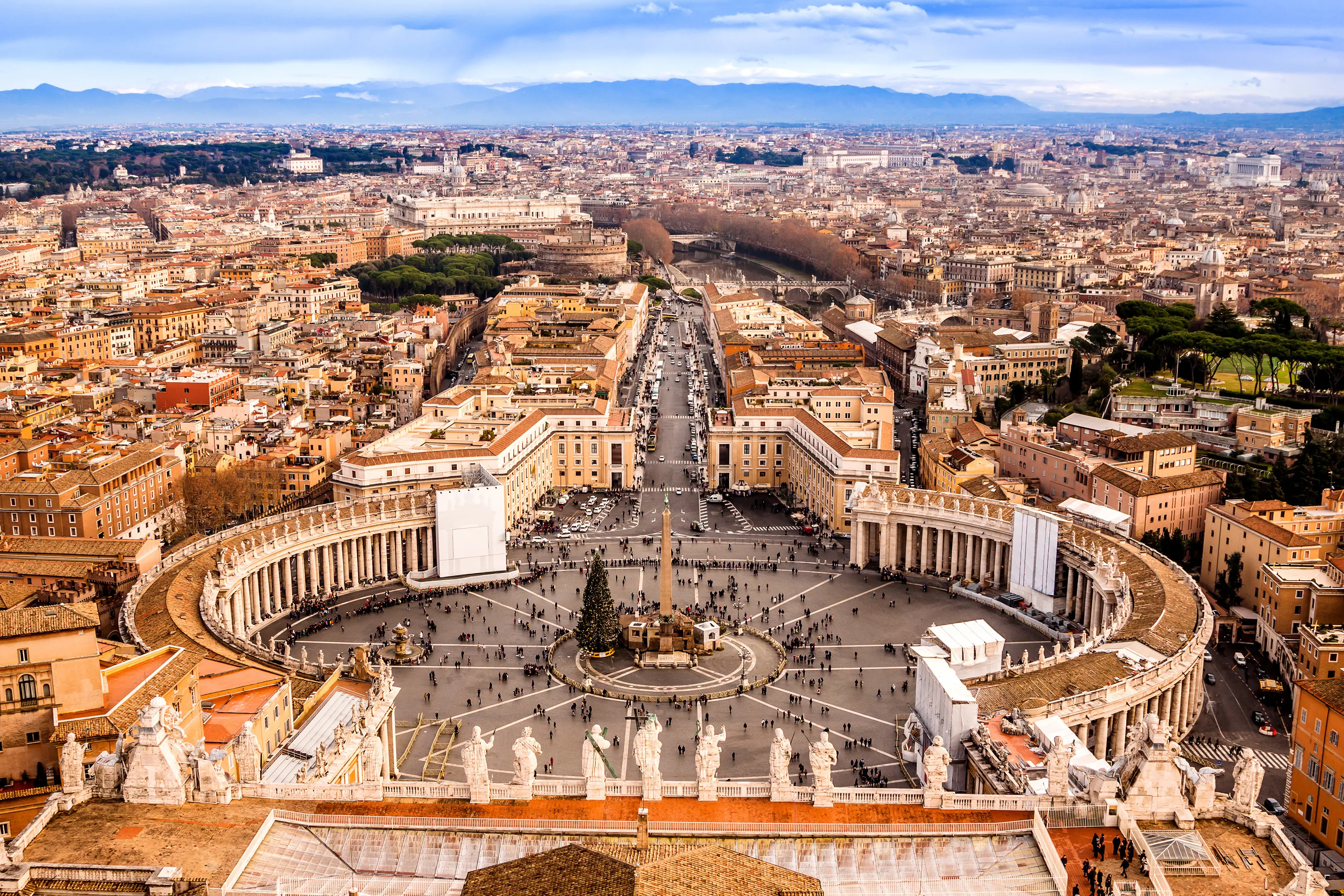
Visiting the Vatican: 7 Splendid Ways to Spend an Afternoon
Updated August 2, 2023Fresh off my trip to Rome, I’ve created a list of the seven best ways to spend an afternoon at the Vatican.
See the Pope
There are 3 ways to see the Pope:
- Request a private audience. You can send an email 48 hours before your planned Vatican visit and request a private audience. Good luck with that.
- Wednesday general audience. You need a ticket for this viewing in St. Peter’s Square, which can conveniently be purchased online at Papal Event Tickets.
- Sundays at noon. When the Pope’s in town, he’ll appear at the second window from the right of the Apostolic Palace, to pray the Angelus and bless the crowd in the Square. No ticket required.
Attend Mass at St. Peter’s Basilica
St. Peter’s Basilica is open daily, 7:00 am – 7:00 pm during the summer months and Mass is held pretty much continuously throughout the day.
You can’t get too close to the altar at St. Peter’s – unless you say you’re attending Mass. Only then will the guard will open up the red velvet rope (really!) and let you through.
We tried the first time and said “no” to the Mass and were denied entry. We then went to the other entrance and said “yes” to attending Mass and got right in. Of course, then we had to attend Mass. The choir was nice though.
Send a Postcard
If you’re a stamp collector or have a friend who is – sending a piece of mail from the Vatican is a philatelic treat! The Vatican post office has been in operation and issuing stamps since 1929, and most stamp production runs are limited to only 300,000-500,000 stamps.
It’s €1.50 for a letter and €0.50 for a postcard. And according to the Universal Postal Union “more letters are sent each year, per inhabitant, from the Vatican’s 00120 postal code than from anywhere else in the world.” Wow!
I think so many people are sending postcards due to the super convenient Papal Post doublewide, located right in the middle of St. Peter’s Square. Can’t miss it!
View the Swiss Guard
Ever fancy in their full regalia, the famous Swiss Guard cut an impressive figure. The Swiss Guard (in general) is the name given to Swiss soldiers who have served as bodyguards and palace guards at foreign European courts since the late 15th century.
The Papal Swiss Guard (aka the Pontifical Swiss Guard of the Vatican City) has been based in the Vatican City State since it was founded in 1506 and is the only Swiss Guard that still exists.
The Swiss Guard has a respected reputation for discipline and loyalty to their employers. I like their jaunty hats.
Visit the Vatican Museums
The popes were among the first sovereigns who opened their personal art collections to the public. The Vatican Museums, in fact, started when Pope Julius II (1503-1513) revealed his collection of sculptures to the masses.
Subsequent popes followed suit and today the Vatican Museums is a compilation of each pope’s artistic taste, providing a bit of insight into each pope’s mind, for instance:
- Julius II and Leo X (1513-1521) – the Sobieski Room and the Room of the Immaculate Conception
- Gregory XIII (1572-1585) – the Gallery of Maps
- Pius XI in 1926 – the Missionary Ethnological Museum
- Pope Paul VI (1963-1978) – the Collection of Modern and Contemporary Religious Art
The start your visit to the Vatican Museums off on the right foot, buy your ticket online before you arrive. This will allow you can skirt ahead of the line that is literally hugging the wall for a mile surrounding Vatican City. I bought my ticket at 10:00 am in the morning, for a 1:00 afternoon admission. It’s that easy.
Gaze Upon the Sistine Chapel
The Sistine Chapel (in Italian: Cappella Sistina; in Latin: Capella Sixtina) is the official residence of the Pope in Vatican City. In addition, the chapel serves as a place of both religious and functionary papal activity, and today it is the site of the Pala conclave, the process by which a new Pope is selected.
The chapel is named after its founder, Pope Sixtus IV, and most famous for its frescos painted by Michelangelo and Botticelli. Michelangelo painted the chapel’s ceiling between 1508-1512 and it is regarded as the artist’s greatest artistic achievement.
As you enter the Vatican museums, there are teaser signs along the way promising “The Sistine Chapel this Way.” But be forewarned that the Sistine Chapel is a full two hours from the entrance of the museums. And it’s hard to get there any faster because the crowds are mind-boggling.
As a bonus, you get to see a lot of cool stuff before you arrive at Michelangelo’s crowning glory. My personal favorite is the Galleria delle Carte Geografiche (or the Gallery of Maps). This room was decorated under the pontificate of Gregory XIII (1572-1585) and restored by Urban VIII (1623-1644). Simply beautiful!
Hang out in St. Peter’s Square
The open space which lies before St. Peter’s Basilica was designed so that the greatest number of people could see the Pope give his blessing.
The center of the piazza is paved with travertine tiles and is an elliptical shape, which the architect Bernini thought would best enclose the visitor within “the maternal arms of Mother Church.” A highlight of the courtyard is the Egyptian obelisk which took 13 months to be re-erected in 1586.
The obelisk, made of red granite and standing 25.5 meters tall, is supported by bronze lions. The obelisk is actually a sun dial that hits the signs of the zodiac with sunlight throughout the day. Bernini’s foundation, which was erected in 1675, is also a noted attraction.
Ask for Divine Intervention
There you are – 7 way to enjoy the splendor that is the Vatican! All you need now is divine intervention to ensure you have the patience to endure the long lines and fervent crowds.
So take a deep breath and go. It will be a divine afternoon outing you won’t soon forget!
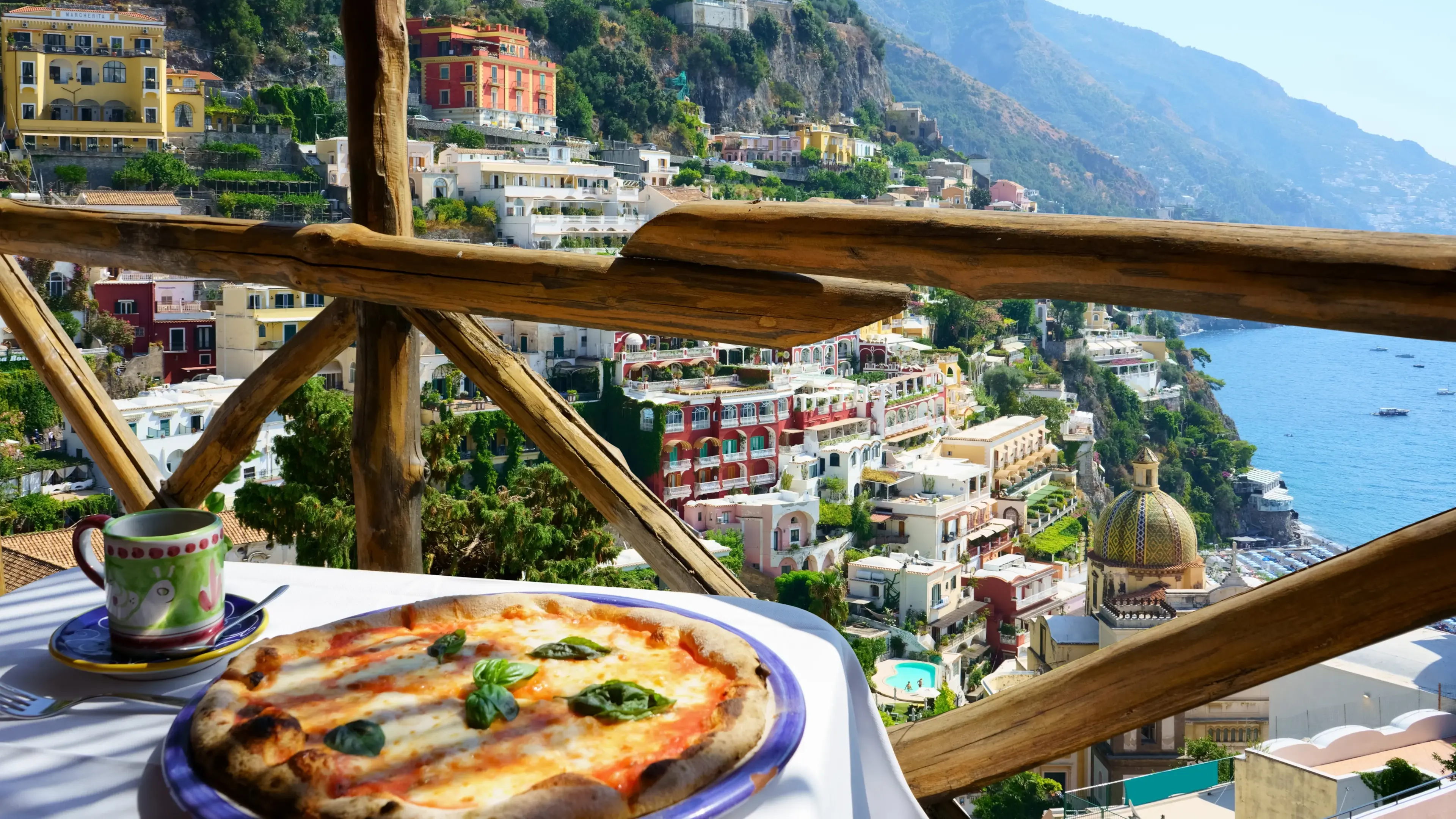
Nine Italian Cities = 1 Month of Madness

5 Unique Australian Animals You Can’t Miss
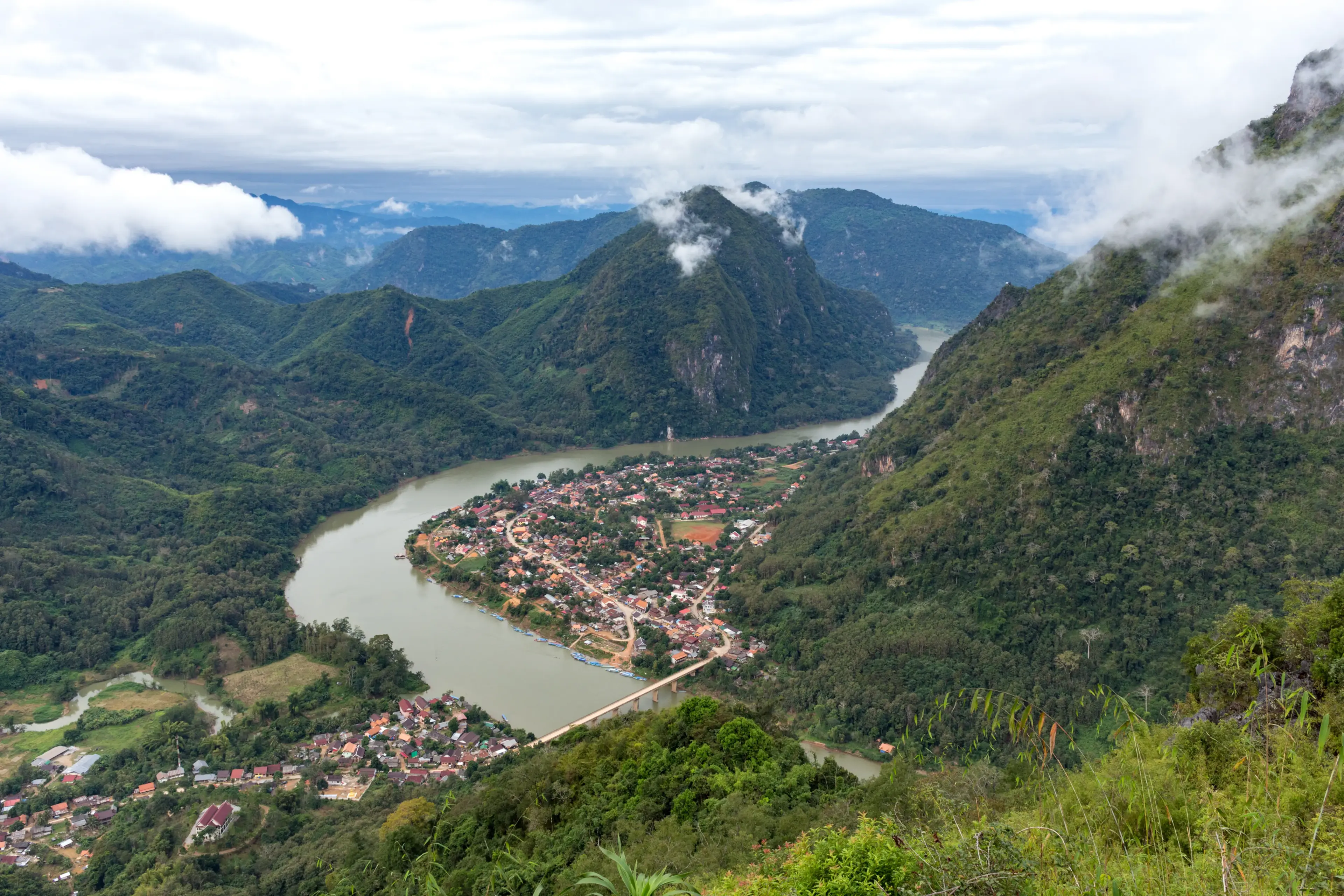
Why You Shouldn’t Pass Up Laos
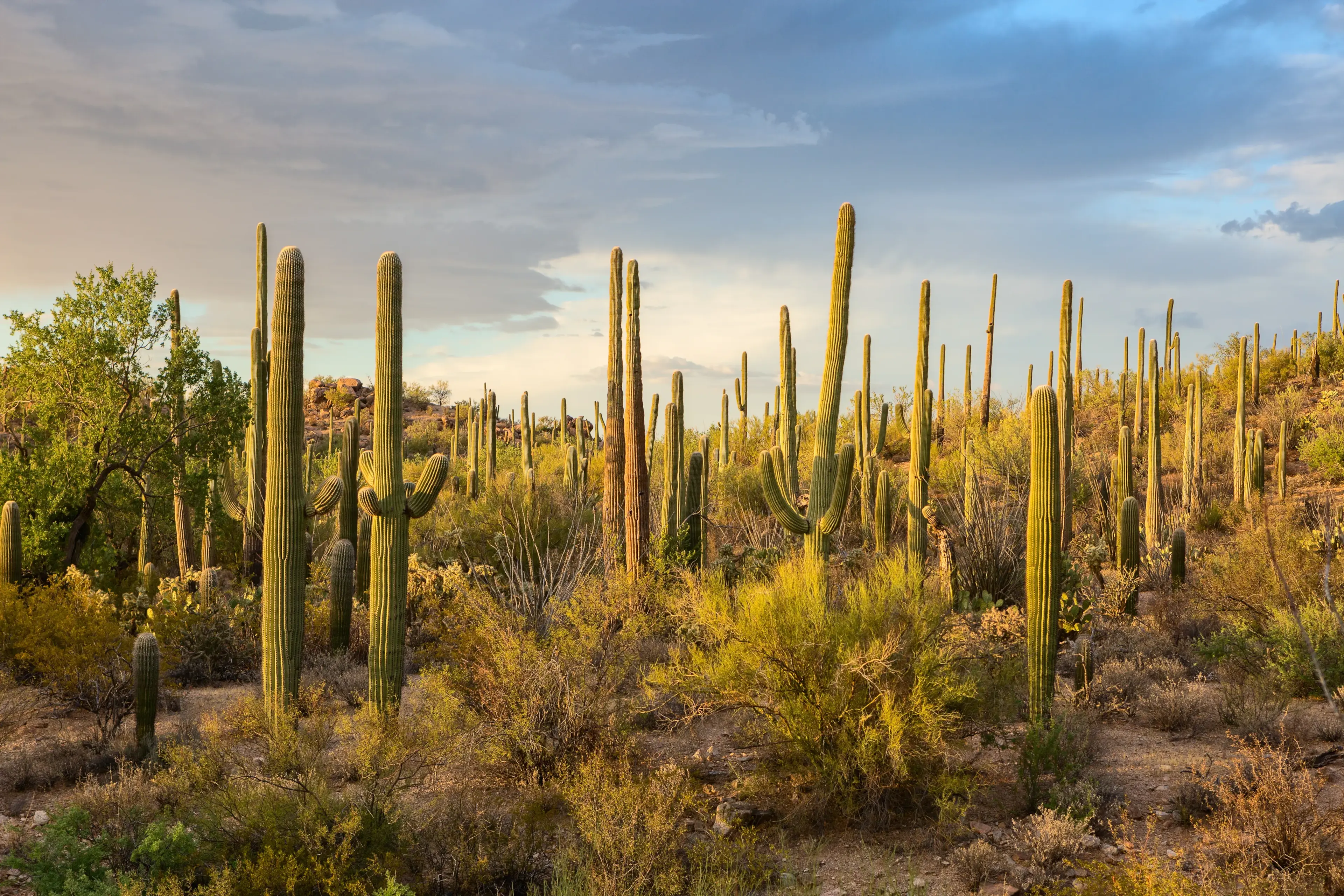
Why do we assume all of Mexico is Tijuana?
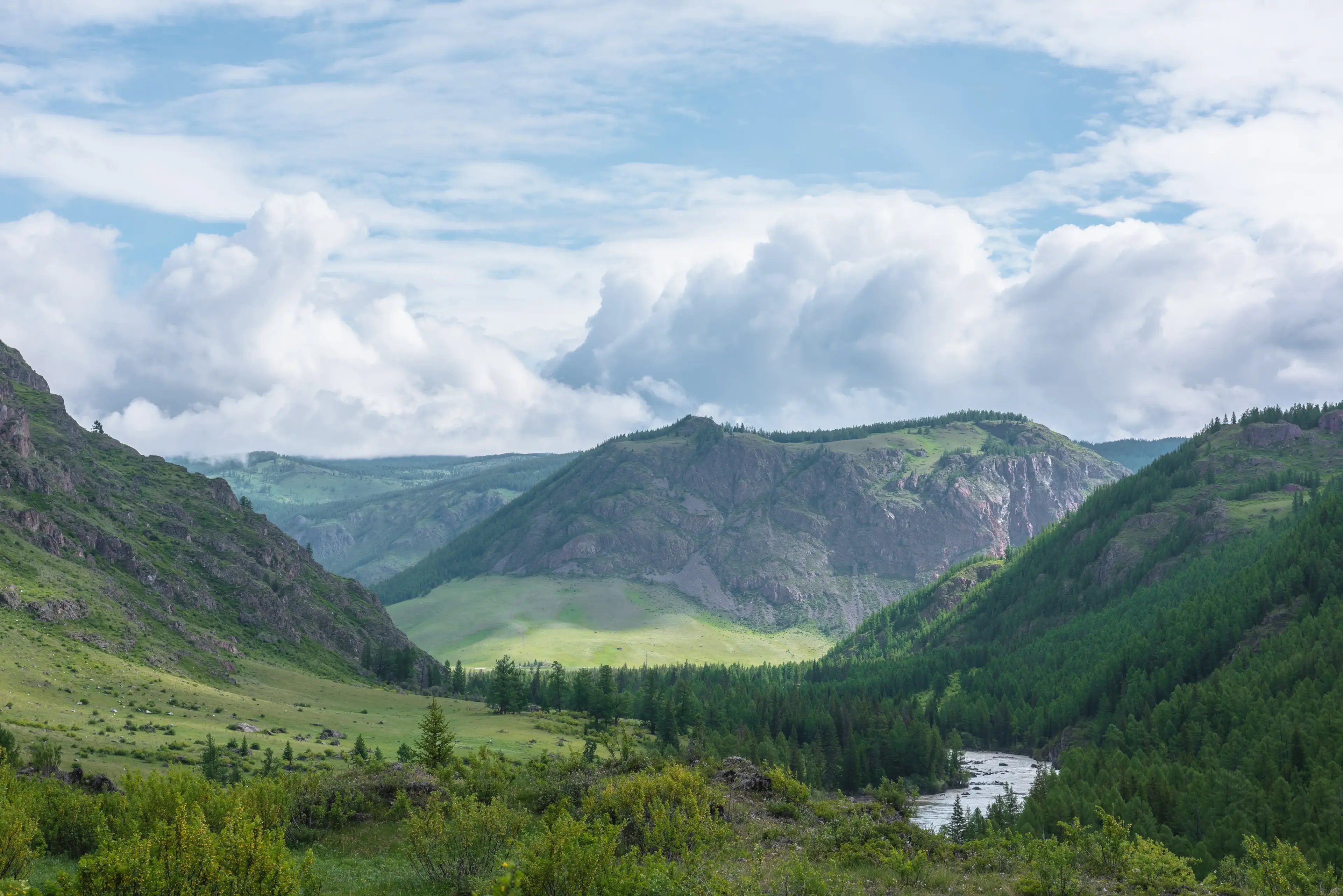
Virinda and the Valley
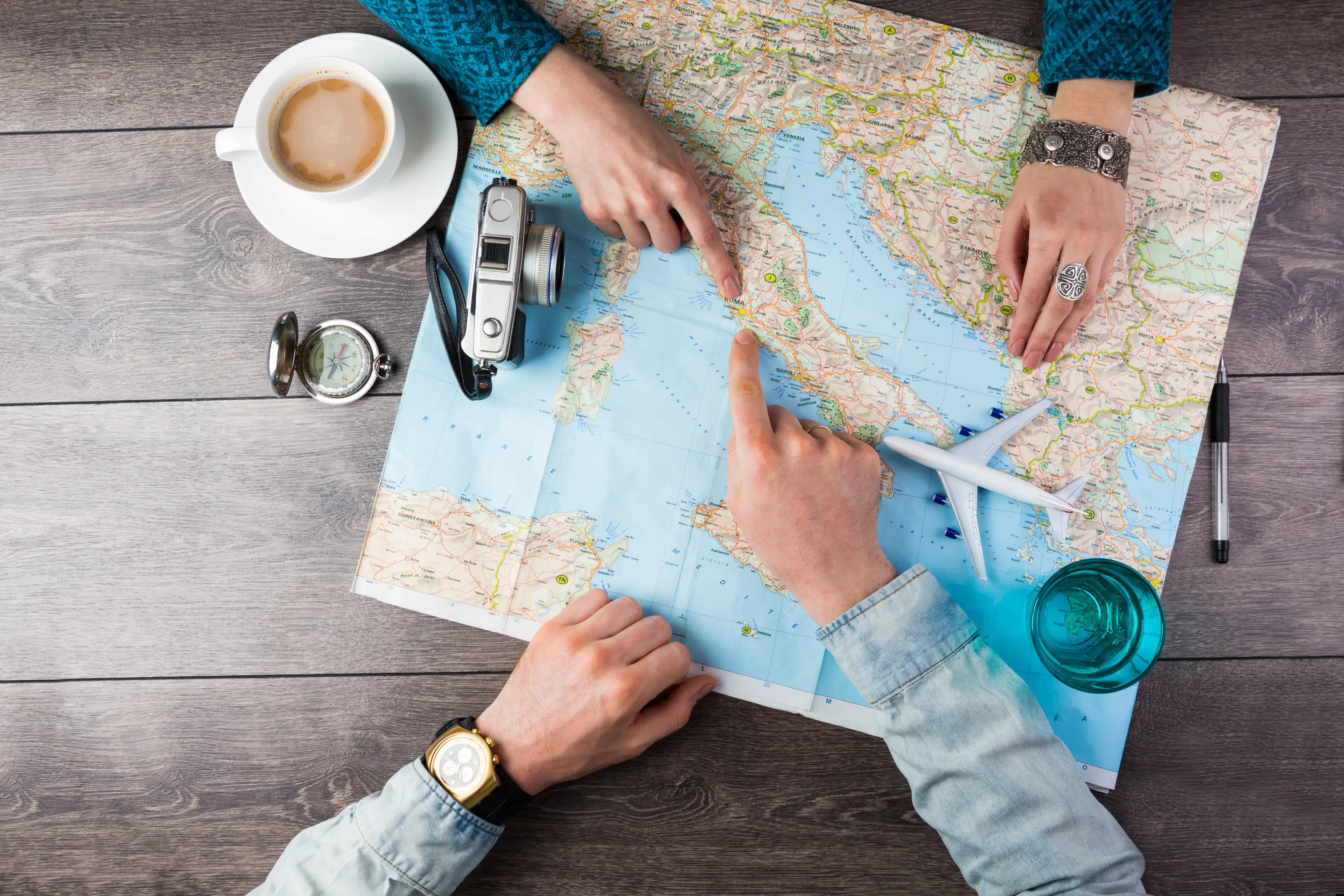
Vacation Planning Extravaganza
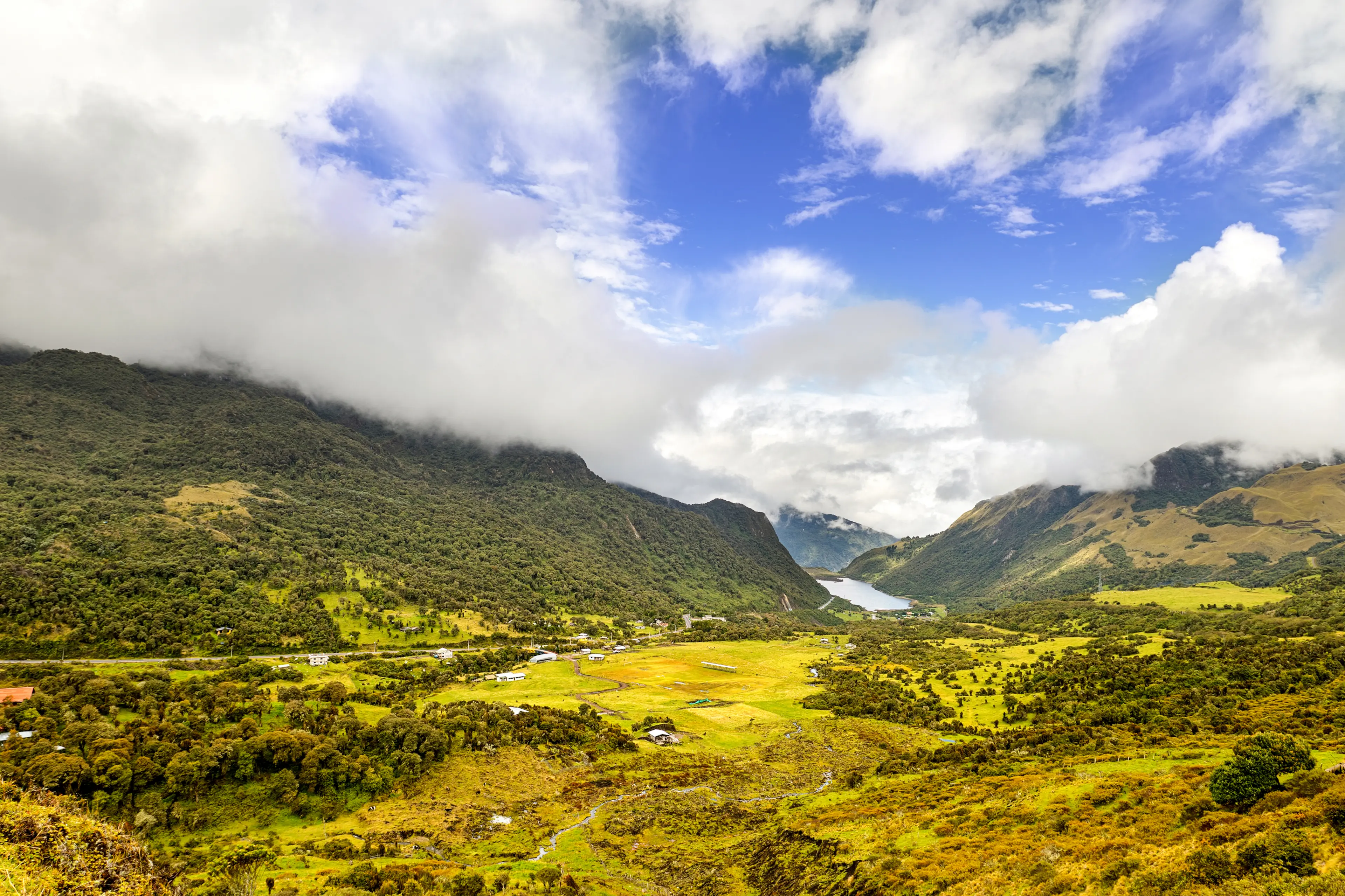
Trekking with Pacha Mama in the Andes
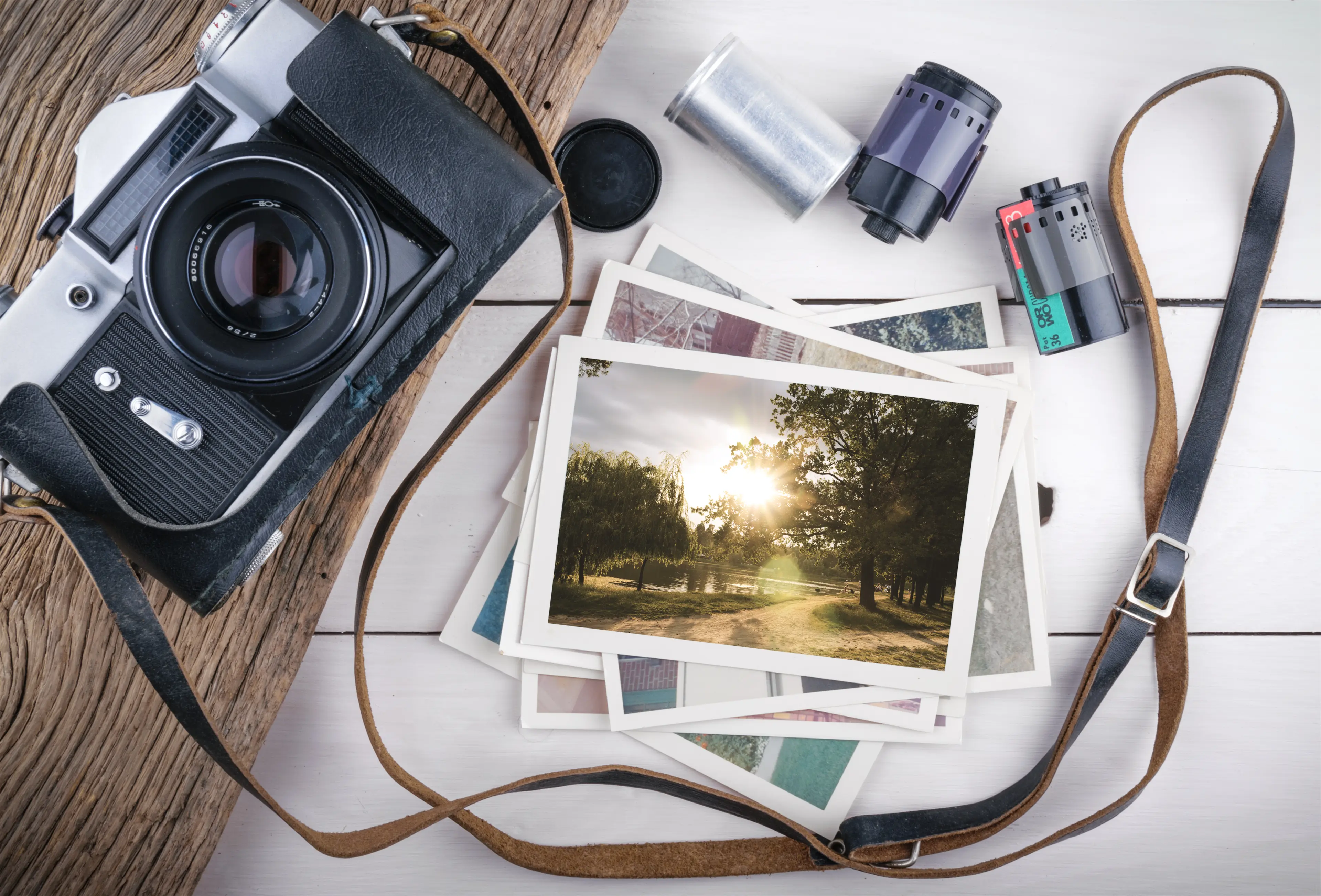
Travelated October Photo Contest
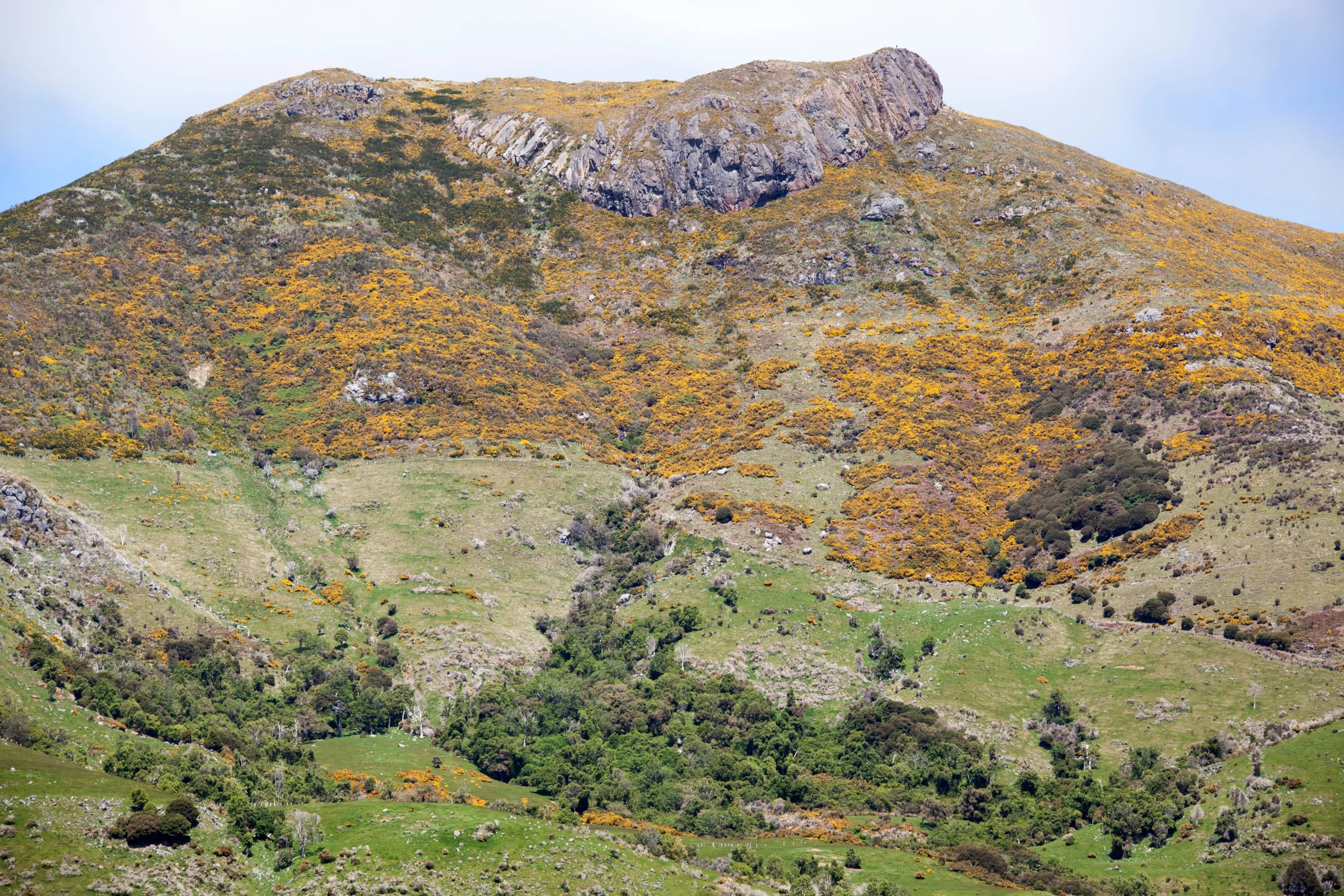
Top 5 Destinations for a Fitness Vacation
